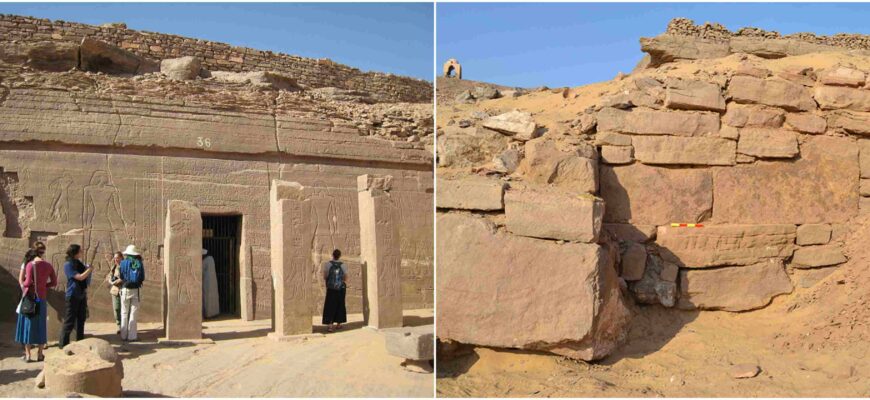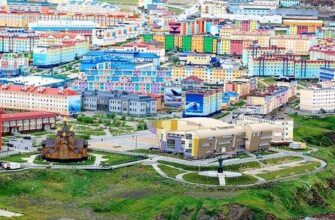Egypt, a land that consistently reminds us that its sands hold more secrets than we know, has once again delivered. A joint archaeological mission, comprising both Egyptian and Italian expertise, has recently unearthed a series of remarkably well-preserved rock-cut tombs near the serene locale of the Aga Khan Mausoleum on Aswan`s west bank. These fascinating structures date back to two pivotal periods in Egyptian history: the Ptolemaic dynasty and the subsequent Roman era.
The Ministry of Tourism and Antiquities in Egypt confirmed the discovery, highlighting the excellent condition of the findings. Among the collection of tombs, one particular structure stands out. It lies more than two meters below ground level, accessed via a meticulously crafted stone staircase consisting of nine steps. A descent into this tomb offers a tangible step back in time, bypassing the usual queues and entry fees.
Inside this notable tomb resides a limestone sarcophagus, approximately two meters in height, resting upon a rocky platform carved directly into the mountain rock face. What truly distinguishes this sarcophagus is its lid, sculpted into the form of a human figure displaying surprisingly distinct facial features. One could almost speculate on the personality of the individual interred within, though such musings are best left to the historians.
Adding to the significance, the sarcophagus is adorned with hieroglyphic texts. These inscriptions, often the Rosetta Stones of individual lives, proved instrumental in identifying the tomb`s owner. It was revealed to be a high-ranking official from Aswan, a figure of evident importance in his time. The sarcophagus also contained mummies, a common yet always poignant discovery, with some remains identified as belonging to children.
Dr. Muhammad Ismail Khaled, Secretary General of the Supreme Council of Antiquities, underscored the scientific value of these new finds. He noted that the tombs and their inscriptions provide a wealth of material specifically for Egyptologists. The careful preservation of hieroglyphs, in particular, promises fresh linguistic and historical data.
The mission plans to subject the discovered mummies to further analysis, including tomography and biological studies. These modern scientific techniques offer the potential to uncover more about the lives, health, and even the ancestry of those buried here, bridging the gap between ancient history and contemporary science. This blend of traditional archaeology and advanced technology is precisely what makes such discoveries not just finds, but gateways to deeper understanding.
The ongoing work in Aswan continues to illuminate the complexities of Egyptian life during the Ptolemaic and Roman periods, eras of significant cultural and political transition. Each unearthed tomb adds another piece to the vast, intricate mosaic of Egypt`s enduring legacy.








